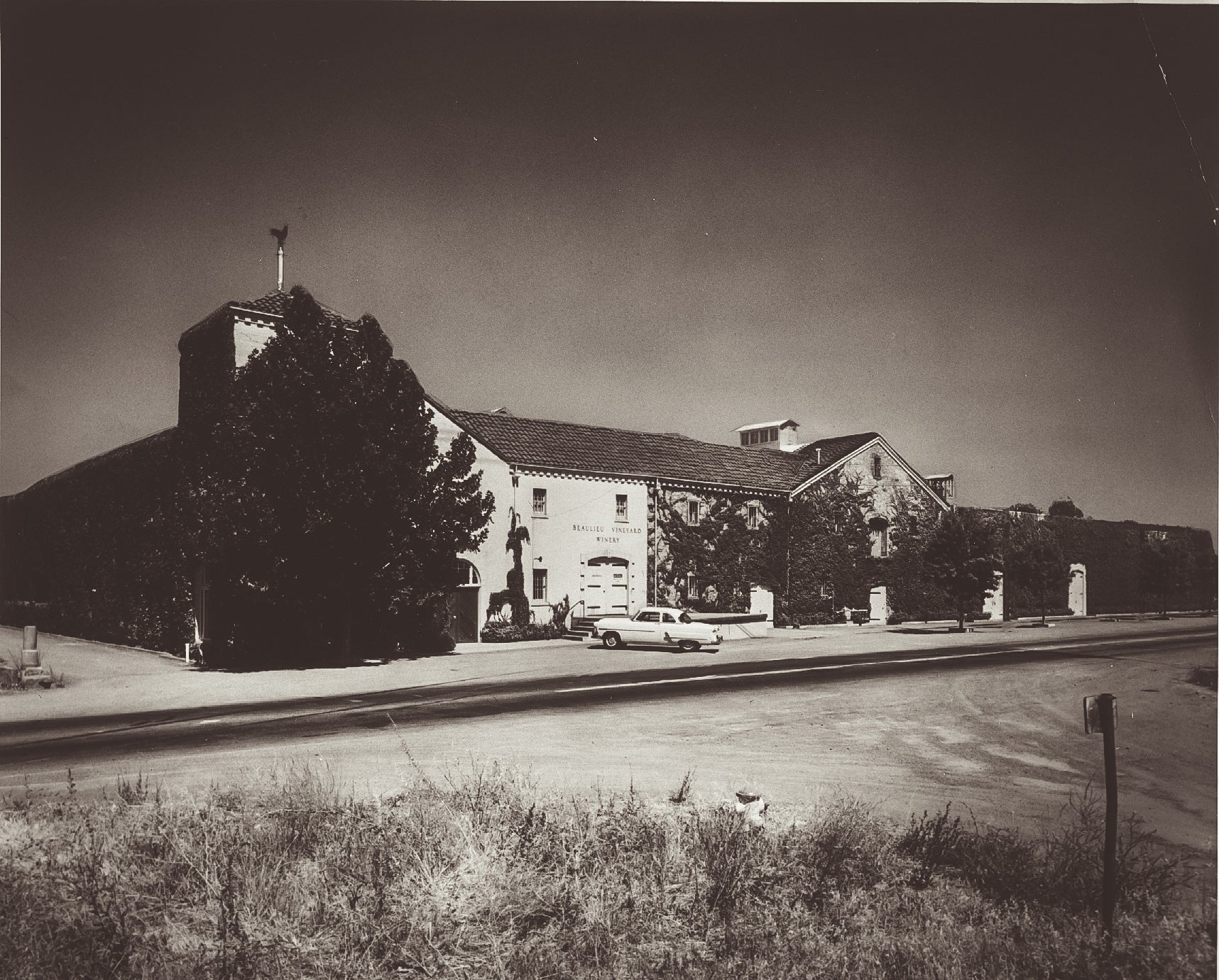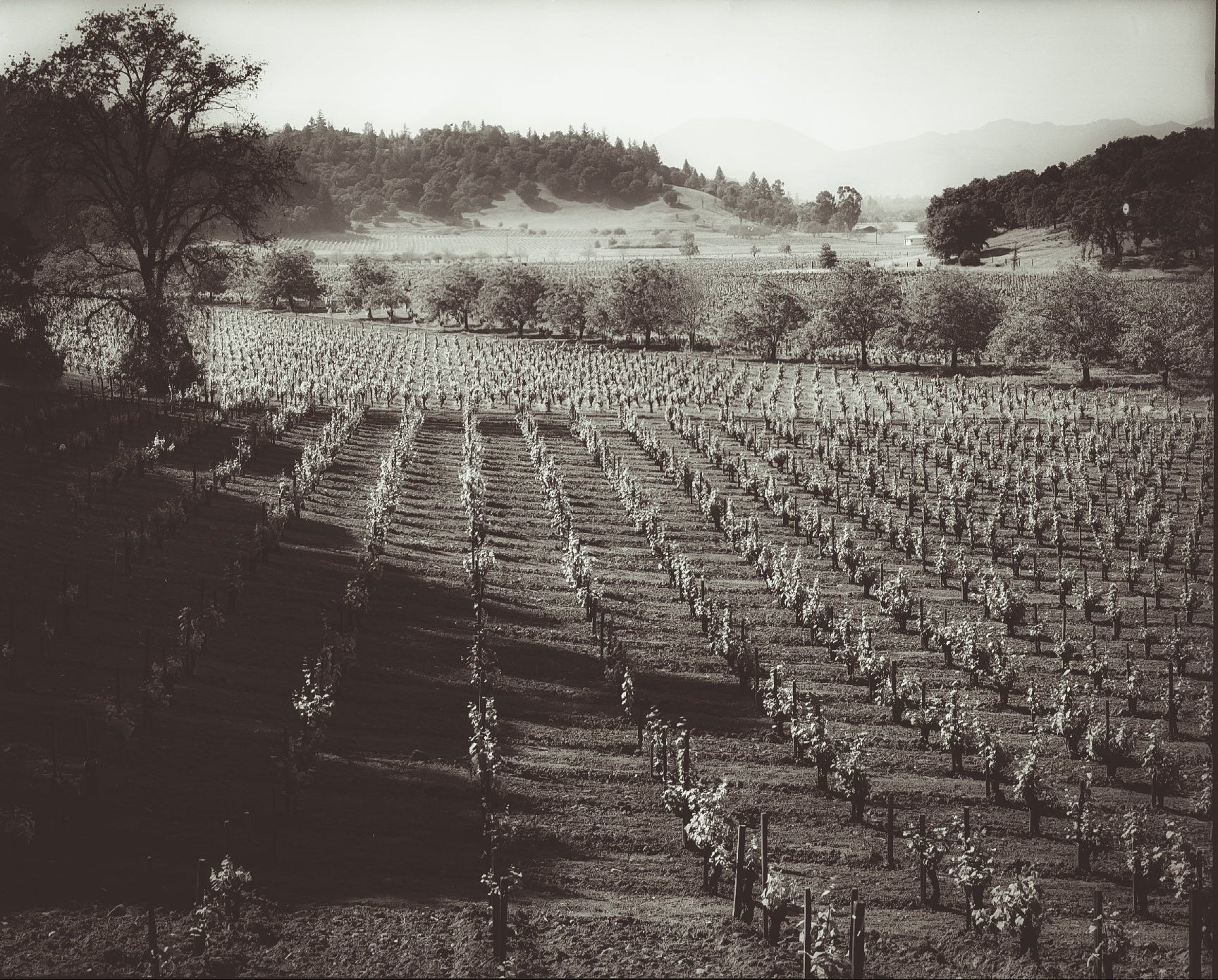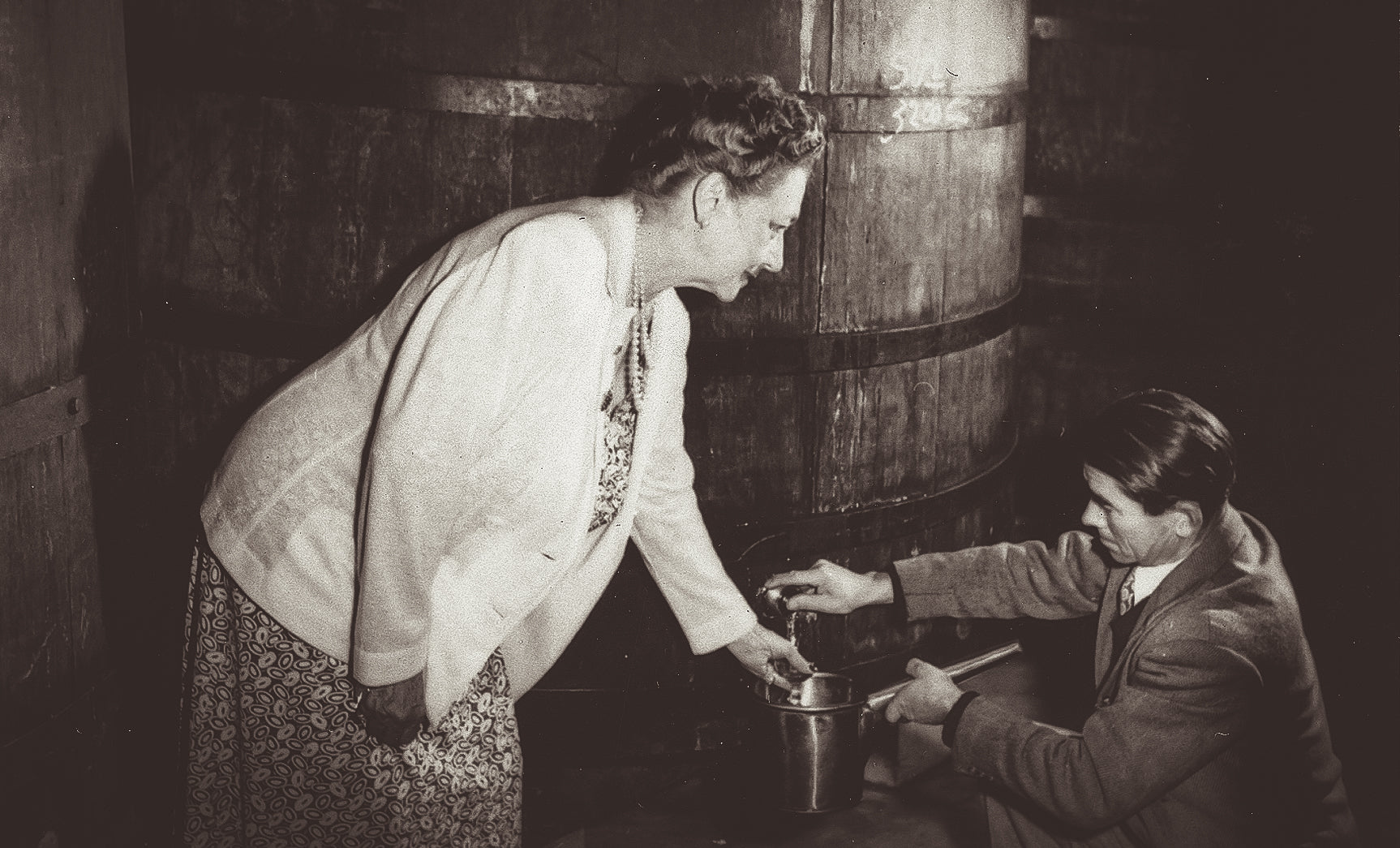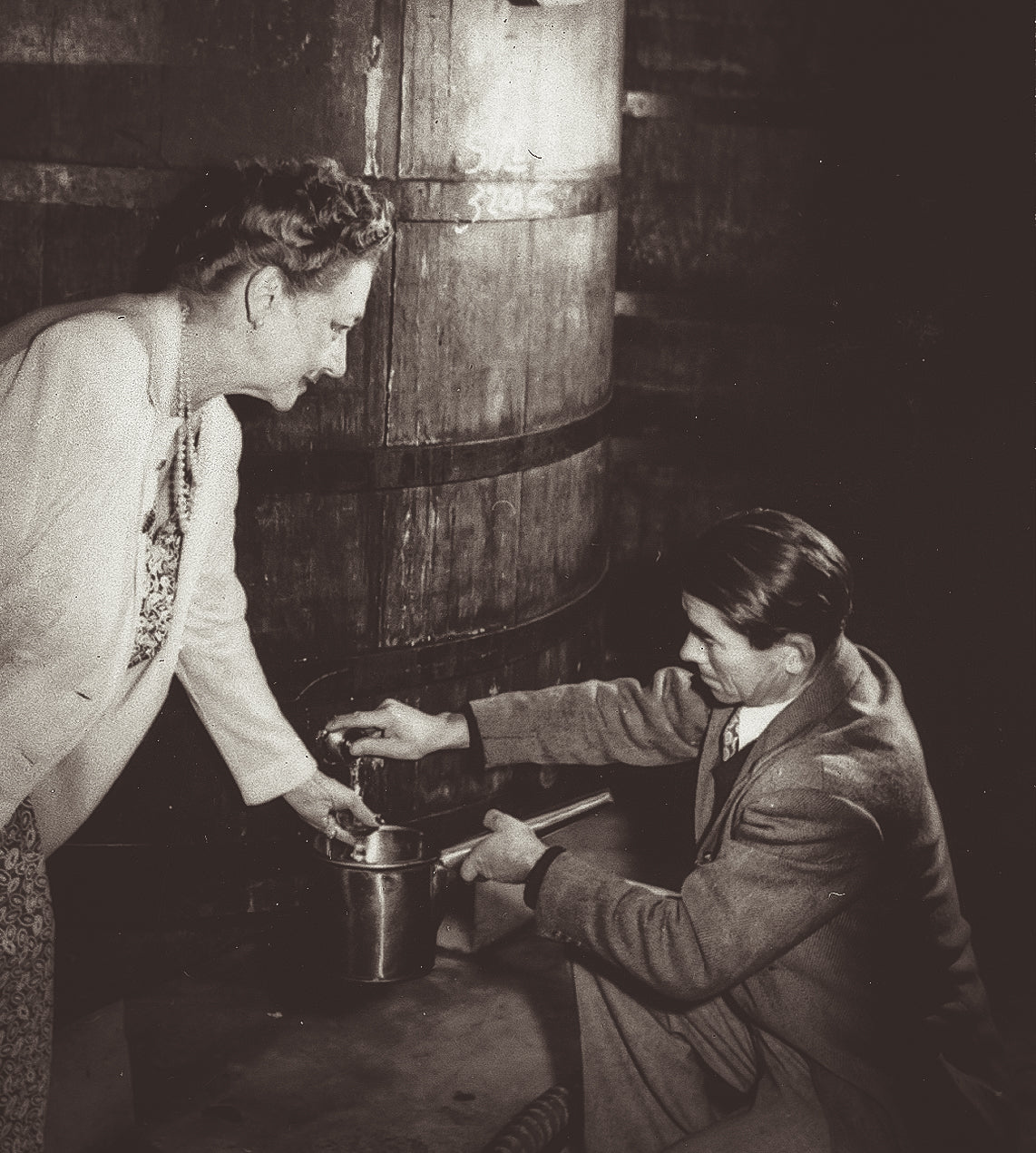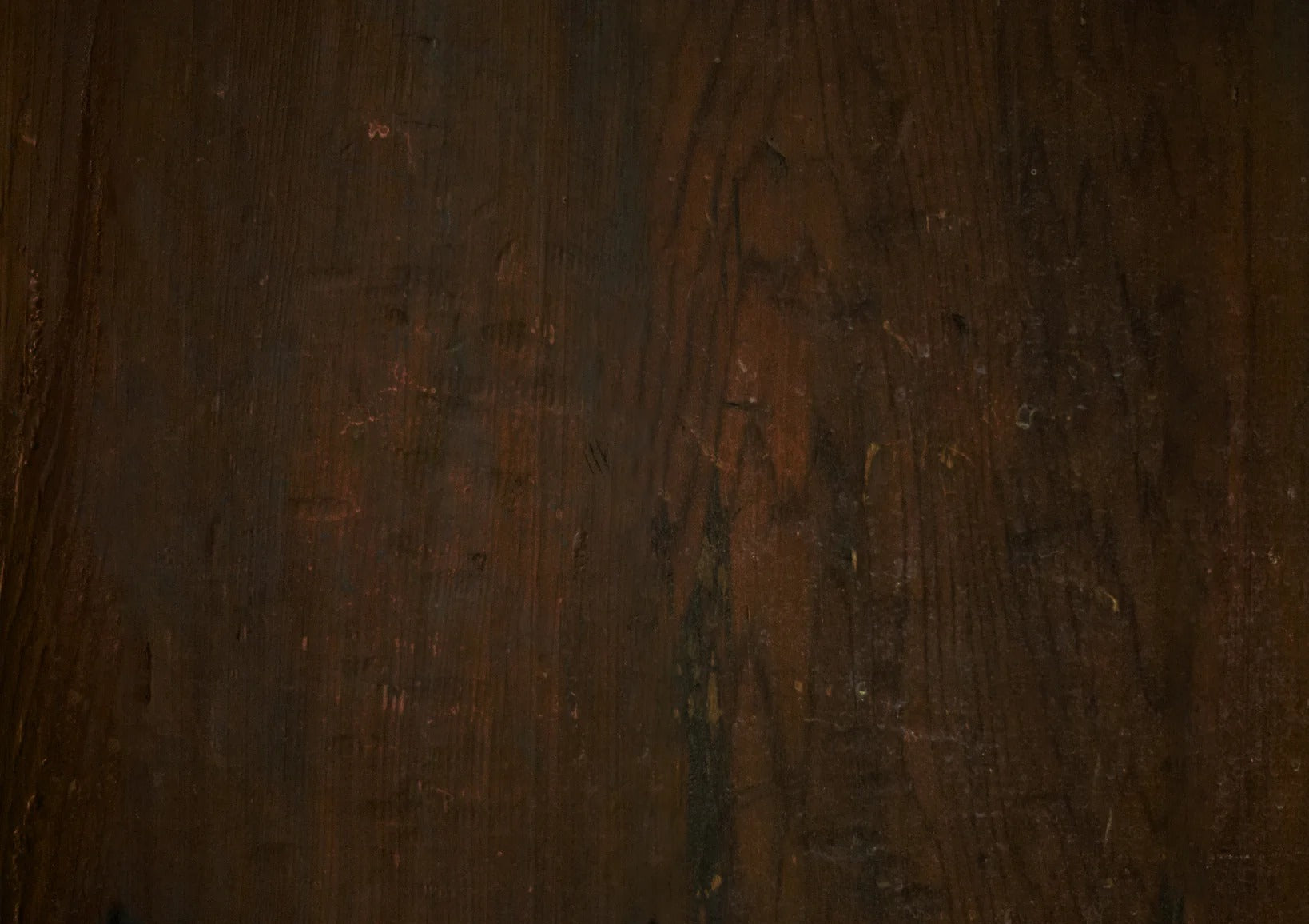
"Quel beau lieu!"
When Fernande de Latour first laid eyes on the land that would become BV, she exclaimed, “Quel beau lieu!” or “What a beautiful place!” Those three words set in motion a journey that shaped the future of Napa Valley winemaking.
Founding Story
Georges and Fernande de Latour bought their first four acres in Napa Valley’s Rutherford region in 1900. Steadily, they increased their property, purchasing 127 acres in 1903, what’s now called BV Ranch No. 1, with BV Ranch No. 2 following in 1907. From the start, they imported vines from Europe that were resistant to phylloxera, a pest that destroys the roots and leaves of grape vines. These performed beautifully in the area’s Mediterranean climate. Always aspiring to lift the quality of Napa Valley as a whole, Georges offered them to fellow growers as well.


He soon established his own nursery in Paris to accommodate demand. According to a 1911 article in the St. Helena Star,
When it comes to quality, California is greatly indebted to Mr. G. de Latour, of Rutherford, who for some years has imported hundreds of thousands of the choicest French grafted vines, which have been planted in all the important vineyards in the State.
Long before Prohibition became the law of the land, Georges and Fernande sensed which way the cultural and political winds were blowing. In 1907, they obtained a warrant to produce sacramental wine as the first nationwide wine distributor to the Catholic church. Their business acumen meant BV never stopped selling wine through the 13-year ban. In fact, production grew fourfold, allowing the pair to add equipment throughout the facility and purchase their neighbor’s 1885-vintage stone winery in 1923.


Meet
the de Latours
Georges and Ferdinande de Latour’s marriage was a partnership of equals. That’s what made them so successful right from the start. Charming, hard-working, and business savvy with a French sensibility for the finer things in life, they were the ideal pairing to shape the future of California wine.
Georges de Latour
Before becoming a winemaker, Georges made his first fortune in cream of tartar. In a way, he’d always been in the wine business – cream of tartar is a natural byproduct of the winemaking process – but his true ambition was to make Napa Valley wines that would rival those of his French homeland.
Born in Bordeaux in 1856, Georges immigrated to San Jose, California, in 1883. Within ten years, the business he founded was thriving. He soon expanded it north to the San Francisco Bay Area where he met and married Fernande.
Georges was a man of practicality and style. He oversaw the construction of concrete warehouses and purchased tractors for the vineyards, but when it was time to add a warehouse to the south of the main winery building where it would be highly visible, he hired an architect who was famed for designing Art Deco buildings in San Francisco to do the job. The result was an addition that was both utilitarian and elegant. In 1925, Georges purchased a new Cadillac. This rare and costly vehicle was recognized across wine country as his trademark. Beautifully restored, it’s still proudly displayed at the winery today.

Fernande de Latour
Although she was 20 years younger than Georges and a woman, there was never a question in their home or business that Fernande was his equal. They founded BV together in 1900 and at the first Board meeting in 1904, she was named a director. As his partner and counsellor, they travelled the country and the world promoting their wines and Napa Valley.
Beyond her career, Fernande supported many organizations that empowered women as individuals and helped them use the power of their collective voice to promote important issues. One of these was the Women’s Organization for National Prohibition Reform. In 1931, Fernande travelled to Washington, DC, with members of the California chapter to attend their national convention and demand repeal of the amendment. The local newspapers described the women as “militant.”

Upon Georges’ death in 1940, the Board immediately named Fernande president of BV. Fernande’s stature and influence were not limited to the winery. She was named director of the Wine Institute and was a founding member of the Napa Valley Vintners trade organization. Fernande also continued promoting BV, appearing in national magazines, organizing an influential BV tasting for key wine personalities in Paris, and visiting the King and Queen at Buckingham Palace.
When Fernande died in 1951, the tradition of female leadership at BV continued. Her daughter, Hélène, was named President, leading the winery along with her daughter, Dagmar.






